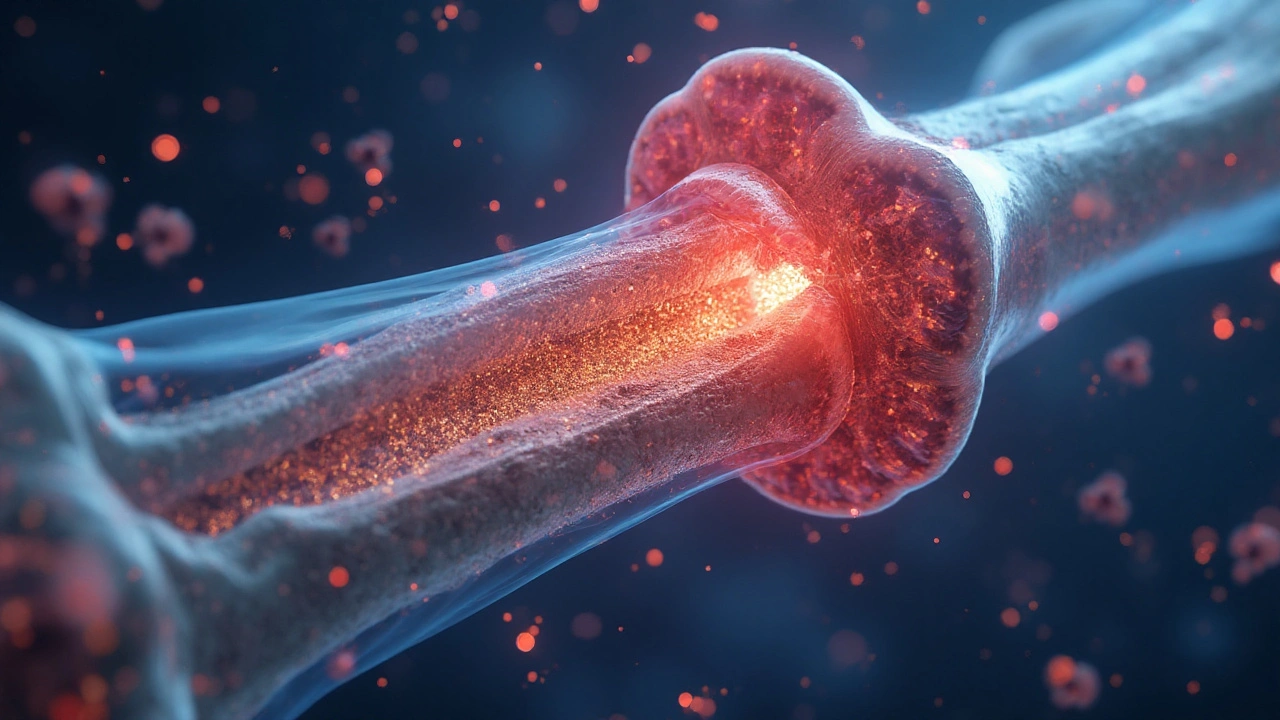RANKL Osteoporosis: How It Drives Bone Loss and What You Can Do
When your bones start weakening, RANKL, a protein that triggers bone-breaking cells called osteoclasts is often the hidden culprit. RANKL doesn’t just appear out of nowhere—it’s part of your body’s natural bone remodeling process. But when it’s overactive, it flips the switch: bone breaks down faster than it rebuilds. This imbalance is what turns normal aging into osteoporosis, a condition where bones become fragile and prone to fractures. It’s not just about getting older—it’s about your body’s signaling going off track.
RANKL works by binding to receptors on osteoclasts, specialized cells that dissolve old bone tissue, telling them to go into overdrive. In healthy people, this is balanced by another protein called OPG, which acts like a brake. But in osteoporosis, that brake fails. Estrogen drops after menopause, inflammation rises with age or chronic illness, and suddenly RANKL runs unchecked. That’s why postmenopausal women are at highest risk—estrogen normally keeps RANKL in check. But men get it too, especially if they’re on long-term steroids or have conditions like rheumatoid arthritis. Even certain cancer treatments can crank up RANKL levels, making bone loss a side effect you might not see coming.
What’s changed in the last decade is that we’re no longer just treating symptoms—we’re targeting the root. Drugs like denosumab don’t just boost calcium or slow bone loss; they directly block RANKL. One shot every six months can cut fracture risk by nearly half in high-risk patients. That’s not magic—it’s precision medicine. And it’s why you’ll find posts here about ibandronate sodium, estrogen therapy, and even how lifestyle choices like walking or vitamin D intake support bone strength. These aren’t random articles—they’re pieces of the same puzzle. Whether you’re managing osteoporosis yourself or helping someone else, understanding RANKL gives you power. You’re not just taking a pill—you’re interrupting a biological signal that’s eating away at your skeleton.
What follows are real-world stories and clear comparisons—how one drug lowers fracture risk, how another helps when the first one fails, and how simple habits can make a measurable difference. You won’t find fluff here. Just facts that connect to what’s happening inside your bones—and what you can actually do about it.

